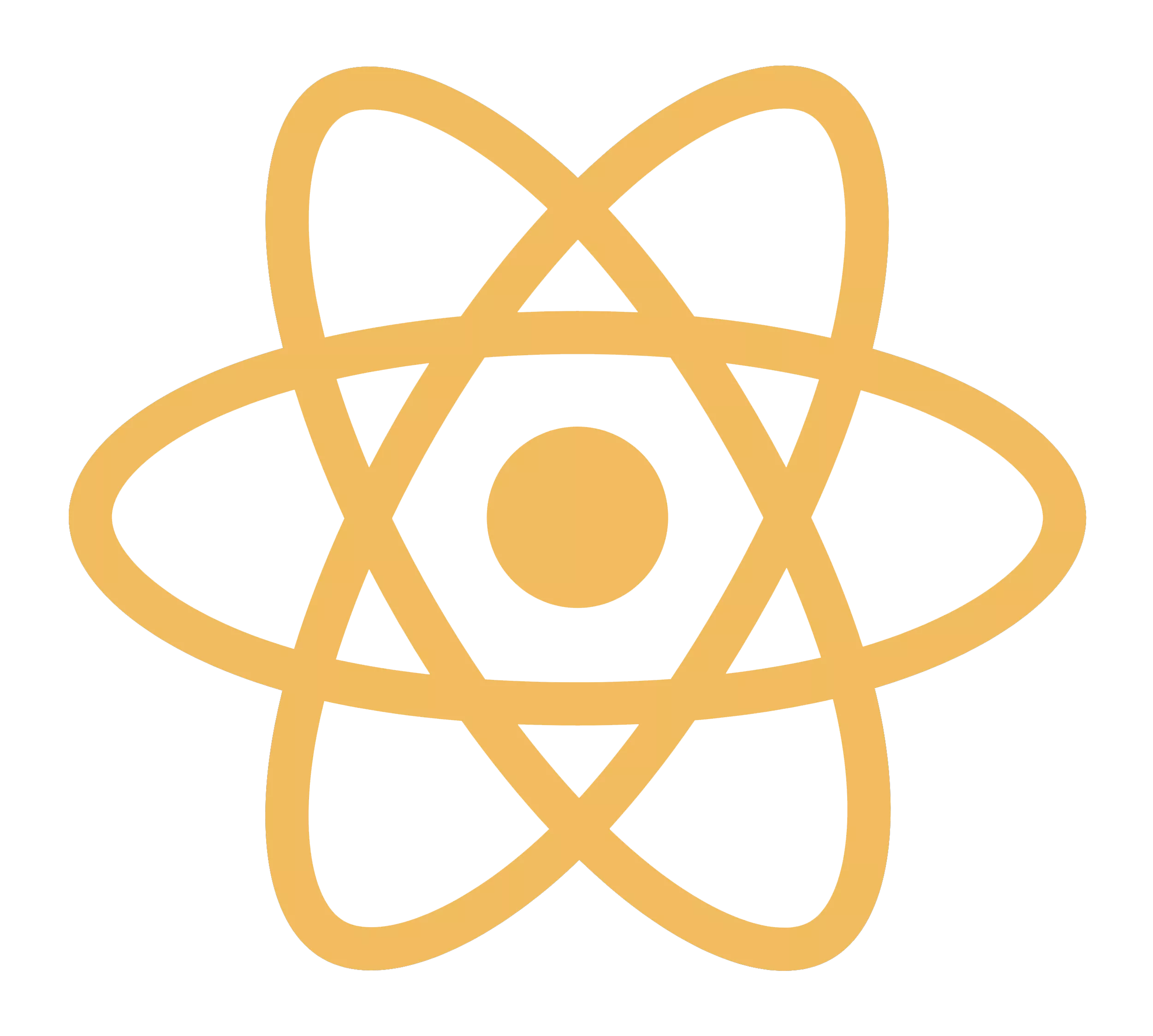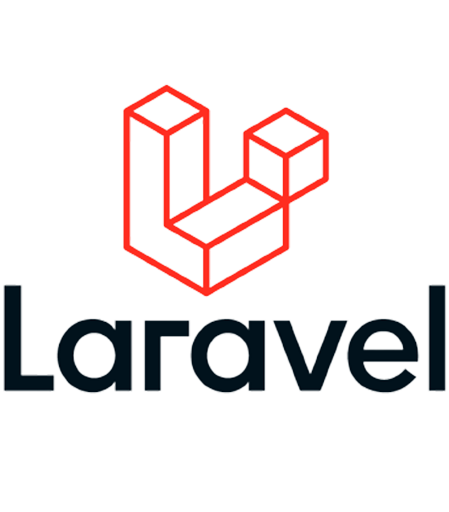by Digital
Share
by Digital
Share
7 4: Equivalent Unit Calculations Business LibreTexts
Within these systems, “equivalent units” are central to accurate cost allocation. This concept expresses partially completed units as fully completed units, representing the total work performed on all units, whether finished or in progress, translated into the number of whole, completed units. Converting incomplete units into their equivalent completed form enables businesses to allocate costs precisely and make informed decisions about pricing, production efficiency, and inventory valuation. This ensures financial reporting accurately reflects resources invested in both finished goods and work-in-process inventory. Many items are in continuous production, so without some way to calculate equivalent units, it would be difficult to determine how much money was tied up in production costs. Incomplete work must be accounted for on a regular basis so that a value can be placed on the incomplete work.
Units Completed and Transferred Out:
In calculating the equivalent production opening units will not be shown separately as units of opening work-in-progress are taken to be included in the units completed and transferred. Abnormal loss should, however, be considered as production of good units completed during the period. If units scrapped (normal) have any realisable value, the amount should be deducted from the cost of materials in the cost statement before dividing by equivalent production units. Closing wrk-in-progress is converted into equivalent units on the basis of estimates as regards degree of completion of materials, labour and production overhead.
Managerial Accounting
Identify how many units are still in production at the end of the accounting period. This is typically given in terms of direct materials completed and conversion costs (labor and overheads) completed. In the world of cost accounting, the equivalent units of production (EUP) concept plays a crucial role, especially in industries where production is continuous or occurs in stages, such as in manufacturing processes.
Understanding Cost Components and Completion Stages
Equivalent units of production is an important concept in cost accounting, especially for companies that manufacture products through multiple processes. It allows manufacturers to accurately track production output and allocate costs even when some units are not yet complete. In this comprehensive guide I’ll explain what equivalent units of production are why they matter, and walk through the step-by-step process for calculating them. The following example is used to demonstrate how the equivalent units of production are used to allocate production costs between completed and partially completed units. In the example above we simply stated that the estimated percentage of completion was 25%. In practice the percentage of completion needs to be based on each factor of production such as direct materials, direct labor, and manufacturing overheads.
Method II:
Once the equivalent units for materials and conversion are known, the cost per equivalent unit is computed in a similar manner as the units accounted for. The costs for material and conversion need to reconcile with the total beginning inventory and the costs incurred for the department during that month. For example, if there are 1,000 units in progress, and the company has only expended 40% of the processing costs on these units, then you have 400 equivalent units of production.
Key Elements in the Calculation of EUP:
Although 25 percent of the units are unfinished, in “equivalent unit talk” you can treat them as 150,000 completed units. Add them to the really completed units to get 750,000 units, which represents the number of equivalent whole units you have produced. It’s a lot easier to talk about a whole unit than some whole units and some partially completed units. We want to make sure that we have assigned all the costs from beginning work in process and costs incurred or added this period to units completed and transferred and ending work in process inventory.
- Since these items are 100% complete, each unit sent out is one equivalent unit of production.
- These units help provide a clear picture of inventory consumption and cost flow, directly impacting financial statements and operational efficiency.
- This article explains the computation of equivalent units of production under the FIFO method.
- The manufacturing process for a green widget requires that all materials be sent to the shop floor at the start of the process, and then a variety of processing steps are added before the widgets are considered complete.
- Double Entry Bookkeeping is here to provide you with free online information to help you learn and understand bookkeeping and introductory accounting.
We calculated total equivalent units of 11,000 units for materials and 9,800 for conversion. According to this method, the units first entering the process are completed first after taking into consideration the percentage of work to be done and shown separately in the statement of equivalent production. Thus the units completed during a period would consist partly of units which were incomplete at the beginning of the period and partly of the units introduced during the period. Discover the versatility of Sourcetable, an AI-powered spreadsheet designed to simplify complex calculations, including calculating equivalent units of production.
Accurately assessing these completion stages forms the foundation for calculating equivalent units. At the end, he determines that his 100 units are only 70 percent the way through the production process. If the closing work-in-progress is 800 units, 70% complete in all respects, the equivalent units of production of closing work-in-progress is 560 units (i.e., 800 x 70%). Thirdly, the equivalent units of production for the closing work-in-progress should be determined by considering the number of units of closing work-in-progress and the level of completed work. Partially completed units converted to the equivalent completed units; calculated by multiplying the number of physical units on hand by the percentage of completion of the physical units.
Here the equivalent units for the closing work-in-progress and the units completed are added. Cost per unit is computed and the cost of work-in-progress and the completed units are ascertained separately. The units that were completed and transferred out plus the ending inventory equal the total units to account for. The packaging department for Rock City Percussion completed \(6,500\) units and transferred them into finished goods inventory. Since the maximum number of units to possibly be completed is \(8,250\) and no units were lost to spoilage, the number of units in the packaging department’s ending inventory must be \(1,750\). The total of the how to calculate equivalent units of production \(6,500\) units completed and transferred out and the \(1,750\) units in ending inventory equal the \(8,250\) possible units in the packaging department.
- And, separately, we would use our information about conversion costs and conversion cost equivalent units to compute a conversion cost per equivalent unit.
- The concept of equivalent units has been explained in the previous article of this chapter – equivalent units of production under the weighted average method.
- However, if the physical units are not 100 percent complete, the equivalent units will be less than the physical units.
Therefore, to convert the work-in-process inventory into equivalent units, it is important to keep the percentage of completion in the calculation. This lesson discusses the assigning of costs through the job order costing system for service companies. If the department’s direct labor cost was $103,000 during the month, it’s June direct labor cost per equivalent unit will be $10 ($103,000 divided by 10,300 equivalent units). Thus, the equivalent units for direct materials are generally higher than for other manufacturing expenses.
STAY IN THE LOOP
Subscribe to our free newsletter.
By grasping the fundamental principles and applications of flow nets, engineers can unlock new possibilities for safe, efficient, and environmentally responsible design. In this blog post, we will delve into the world of flow net in soil mechanics, exploring its principles, applications, and benefits. You will learn how flow net is used to analyze soil
Opportunitiesの意味・使い方・読み方 Weblio英和辞書 Food expenses need to be included, which are approximately $100 a week, totaling $5,200 per year. Finally, we assume the student is responsible for books and fees, which come to $1000 per year. Totaling all the expenses for the student while earning their MS degree over 2 years, barring any extenuating circumstances is
Accrued Revenue vs Deferred Revenue: Accounting Explanation We also offer managed accounting services to help optimize your financial operations. One of the biggest challenges is dealing with complex transactions and contracts. Think subscription services with different billing cycles, tiered pricing, or bundled offerings. Understanding the nuances of each contract is crucial for correctly classifying and
With their technical expertise in taxation empowerment given by the US Department of the Treasury, they can represent taxpayers before all administrative levels of the Internal Revenue Service (IRS). Doing your taxes isn’t always easy, especially if you’re a freelancer or a small business owner with specific tax needs. An enrolled agent can help you




















